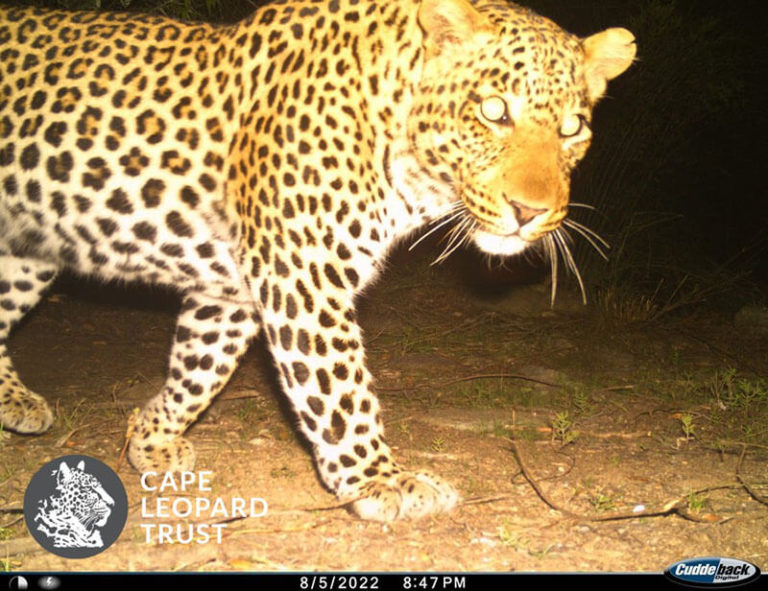Followers of the Cape Leopard Trust (CLT) may be wondering what the field research team has been up to. The exciting answer is that camera traps are presently active, snapping images of leopards in the Klein Karoo.

Intensive camera trapping research conducted by the CLT in the Little Karoo’s Gamkaberg/Rooiberg corridor in 2012, combined with a re-survey by Panthera in 2017, confirmed that leopards are in this region.
Like elsewhere in the Western Cape, they occur at a much lower population density compared to leopards in the Savannah biome.
The CLT is currently conducting another large-scale camera trap survey in the Little Karoo to obtain an up-to-date population density estimate, which will be compared to previous values. This will enable us to track changes in the Little Karoo leopard population over time and to apply the necessary conservation interventions in partnership with the local community and conservation organisations.

The survey consists of 64 paired camera stations distributed across ± 2000 km2 of the Klein Karoo landscape. The survey is being conducted in collaboration with CapeNature, with 29 stations falling within the Swartberg, Gamkaberg and Ruitersbos Nature Reserves.
The remaining 35 stations are on private properties involving 26 different landowners – as always, the CLT is extremely grateful for the willing participation of so many landowners in granting us access to do their research.
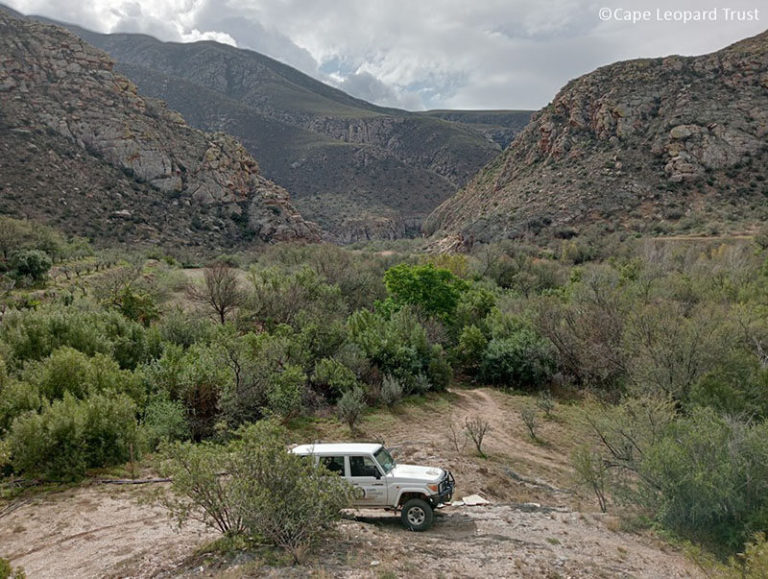
In conjunction with the research, the CLT’s education team is also planning environmental education activities aimed at schoolchildren in the region. The conservation team will be delivering training and support for livestock and game farmers to mitigate conflict with leopards and other predators and to promote holistic farm management methods that protect nature, benefit farmers, and improve food security
Have a look at the first batch of images from the survey below.
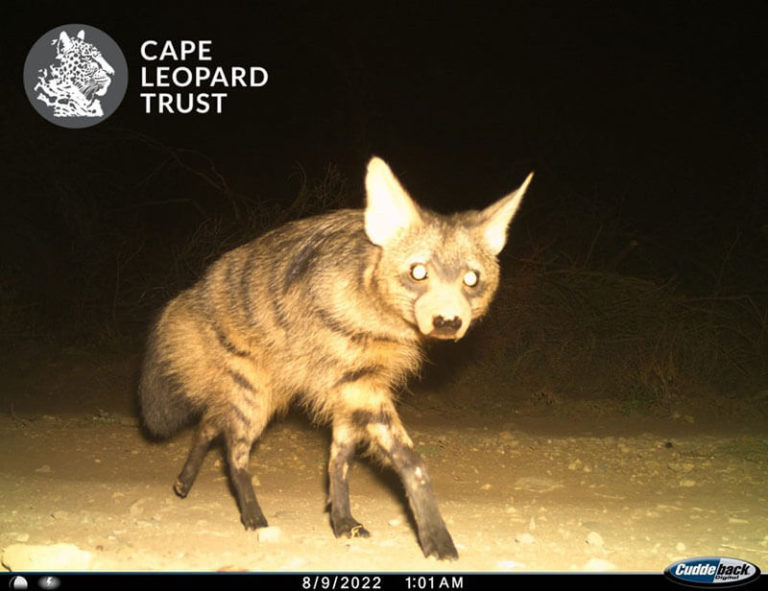
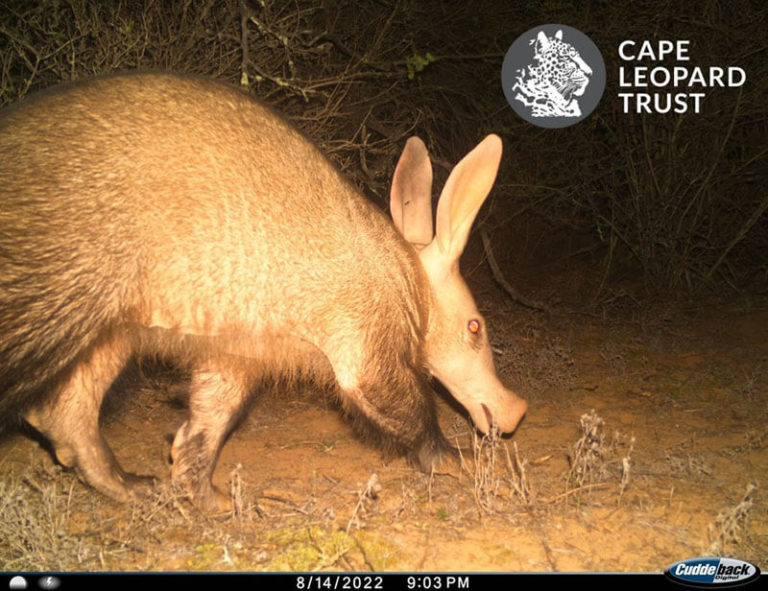
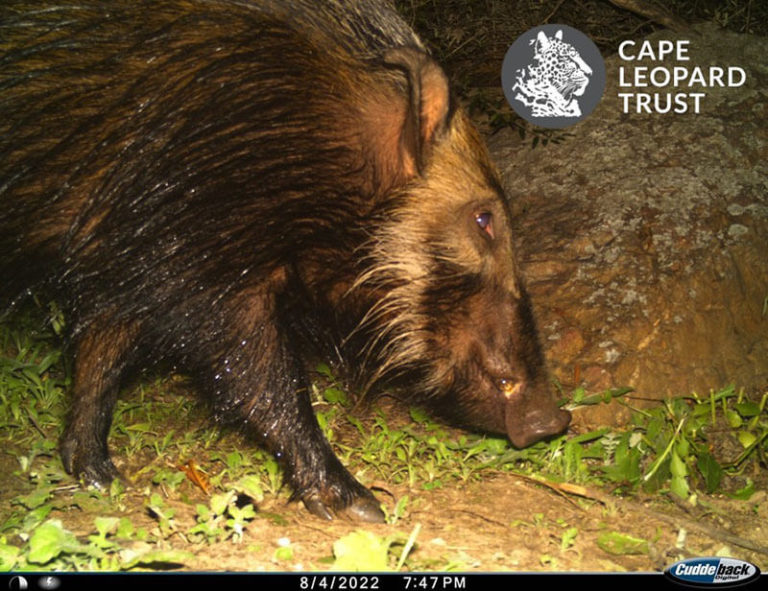
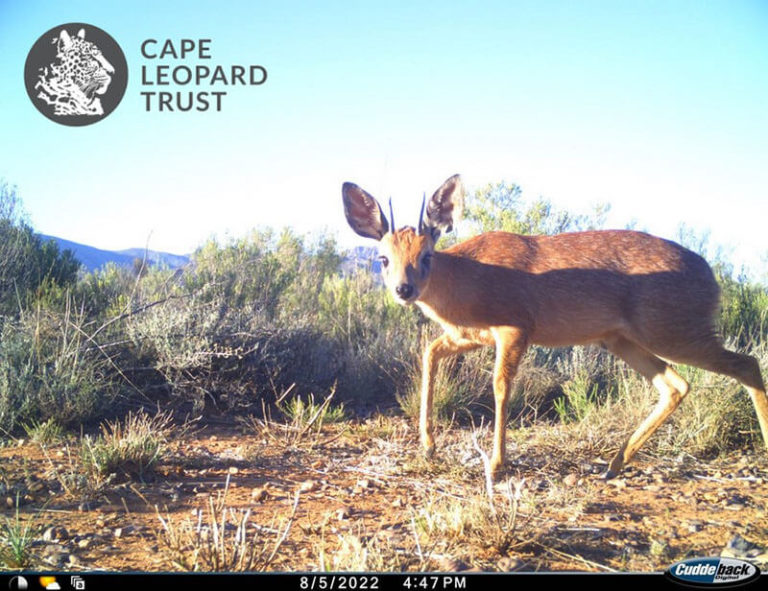
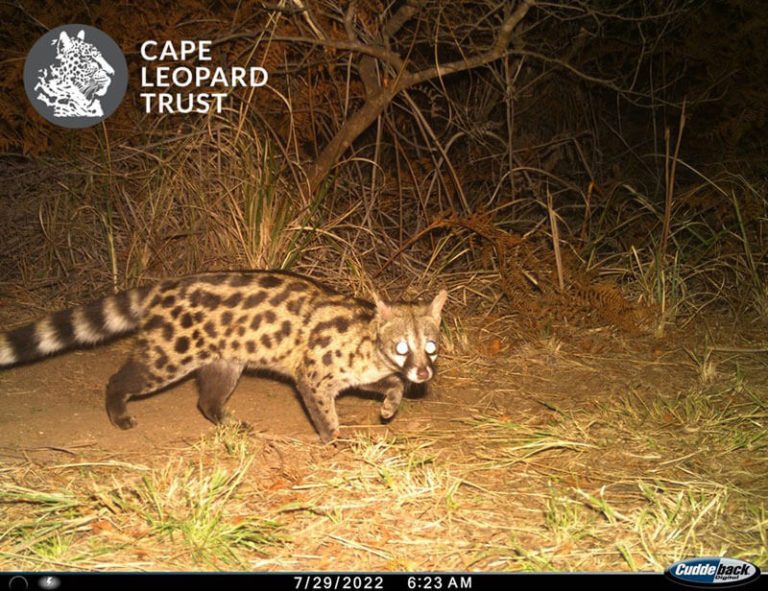


For more information, visit the Cape Leopard Trust
Pictures: Cape Leopard Trust




